I want to measure absortion/resorbtion currents of dielectric when applying 1000V, 1500V, 2000V.
I have made a small currents measuring device using a LOG114:
I use : LOG114 with 1uA reference current on input I1. The power supply for the LOG114 is made using an 78L05SMD (12V -> 5V) and after, the ICL7660 to get the -5V. The logarithmic output of the LOG114 is scaled to 0V..2.5V and feeded to the 24bit ADC LTC2400. I use an microcontroller to get the readings and send to computer for further processing.
The problem is how do I connect this device to measure capacitor charging/discharging?
If I use for example a simple current source made of a 1.5V battery and a 91Mohm 5% resistor, I get correct readings of current 16nA.
I need help me adapt this to measure charging and discharging of a capacitor.
I have found this board used by someone to measure this currents but no explanations, it is using the LOG104 :
I made the schematics:
The connection of current input is like this on the board that person uses:
The question is what is this:
Why the 50Mohm resistor is not connected to ground, are those voltage dividers of 10K/1K from the 5V reference used to offset both input current and reference current that goes to LOG104?
